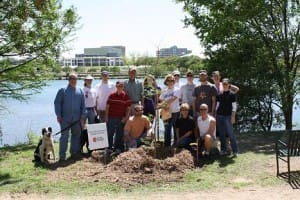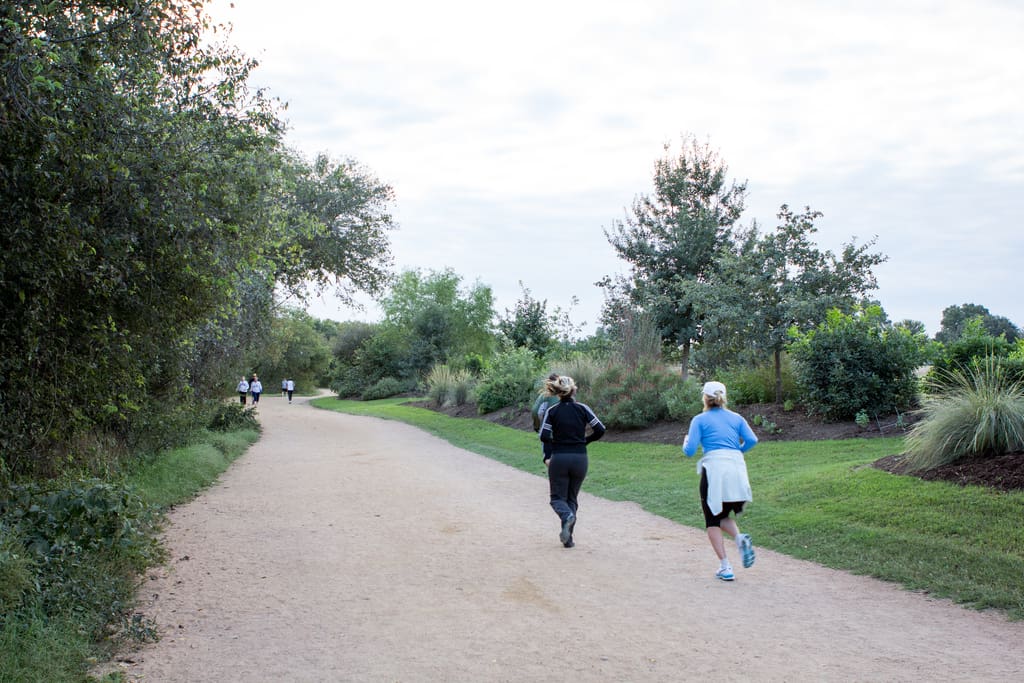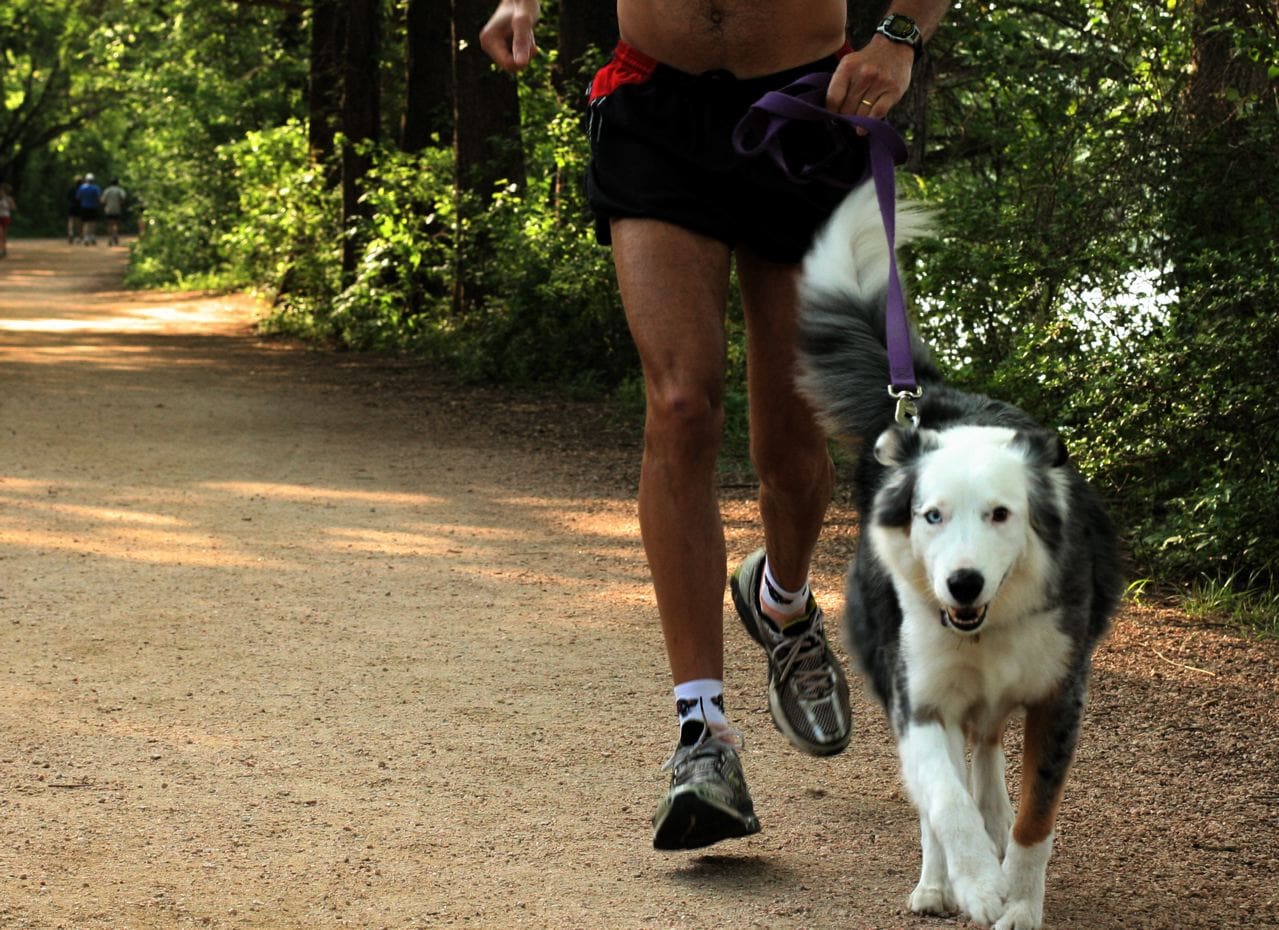 This important program has been rolled into our Butler Trail Ecological Restoration work. To learn more about the work that falls under that program, please visit the project page.
This important program has been rolled into our Butler Trail Ecological Restoration work. To learn more about the work that falls under that program, please visit the project page.
This ongoing program restores and helps diversify the woodlands habitat of the Lady Bird Lake ecosystem while protecting the health of the trees along the Trail for future generations.
Over the last 40 years, the introduction of non-native plant species combined with the urbanization of this area has resulted in an ecosystem with diminishing biodiversity. Without natural controls such as floods and fire, woodlands such as those found along the Trail can lose their beauty and functionality as native habitat. Introduced plants are spreading along the Trail, crowding out native species important to birds and other wildlife for food and shelter. Aggressive grapevines break tops and limbs of trees and shade out large native specimen trees that help make the Trail a special place. The Trail Foundation is increasing its ongoing efforts to minimize invasive vines, shrubs and trees.
Yearly Tree Sapling Plantings:
The Trail Foundation partners with the PARD’s Forestry program to increase the age and species diversity of native species of trees in the Butler Trail’s native woodlands and riparian zones. The basic idea is that we are planting small trees similar to how Mother Nature does. Some years are better than others in terms of rainfall and survival rates. Each winter during trees’ dormancy, we use volunteers to plant the small saplings. Depending on the rainfall, each year a different percentage will survive. Over a period of years, this managed succession of trees will enhance the Trail for both people, birds and other wildlife. The approach is inexpensive and has the added benefit of growing a new generation of conservationists!
Bald Cypress Riparian Plantings
Bald Cypress trees are an important part of strengthening the riparian edge of Lady Bird Lake, the zone between the land and the water. The roots of these special native trees help prevent shoreline erosion as well as provide habitat for water dwelling creatures. The Trail Foundation has planted close to 100 of bald cypress trees along the lake edge over the last 10 years.
Major tree groves:
[list type=”icon-angle-right”]
[li]2013 Carillon Tree Grove Planting. October 31, TTF, the PARD Urban Forestry Program and 70 Jones Energy employees spent their Halloween morning planting 107 native flowering trees on the northern, bare, steep slope along the Butler Trail between S. 1st and Congress. As part of the Healthy Trees for the Trail program, the Mexican olive, Anacacho orchid, flameleaf sumac, kidneywood, goldenball leadtree, Texas mountain laurel, Mexican buckeye and evergreen sumac trees will create flowering spring beauty, give us all some sweet scents and attract birds and butterflies.[/li]
[li]2012 Lamar Beach Tree Grove Planting. October 20 TTF, the PARD Urban Forestry Program and TreeFolks planted 150 native shade and understory trees along the north side of the lake, west of Lamar. TTF installed the needed irrigation. The elms, black walnuts, chinquapin oaks, honeylocusts, bur oaks, Mexican white oaks, pecans, sycamores, evergreen sumacs, Texas pistaches, Texas mountain laurels, goldenball leadtrees, Texas redbuds, and Anacacho orchid trees will grow to shade, beautify and diversify the Trail.[/li]
[li]2010. Longhorn Shores Tree Grove Planting. TTF planted 179 native Texas trees at the Trail as part of Arbor Day 2010. TTF collaborated with the Urban Forestry Program of the Austin Parks and Recreation (PARD) to plant these trees on the eastside of the Trail at Lady Bird Lake. The pecans, chinquapin and Lacey oaks, sycamores, redbuds, Texas mountain laurels, Mexican buckeyes and other natives will grow to shade, beautify and diversify the Trail. TTF bought 154 of the trees, brought enthusiastic volunteers, and installed the irrigation that will get the trees through the first two summers and fully established. Austin Energy bought 25 understory trees to create a living demonstration planting of native trees appropriate to plant under power lines. And our hard-working partners at the Urban Forestry Program of the Parks and Recreation Department (PARD) kept the trees watered, delivered the trees, brought the shovels, preaugered the holes and helped lead the groups of volunteers.[/li]
[li]2009 1869 Tree Grove. In spring 2009, as part of our HTFT program, TTF completed a planting of 18 trees at a high-visibility section of Trail that we call the 1869 Tree Grove–the Trail area on the north side of the Lake just below the west end of the new Cesar Chavez Esplande. 1869 is the year of one of the great all time floods in Austin, whose high water mark of 468 feet is noted on a marker above the Trail at the Esplande level.[/li]
[li]2006 Zilker Bluffs Tree Grove. In fall 2006, as part of HTFT, The Trail Foundation completed a major tree planting effort on one of the most heavily used sections of the Trail known as Zilker Bluffs – the area on the south side of the lake just east of the MoPac Bridge and the Roberta Crenshaw Pedestrian Bridge. This sparse section was exposed to the full afternoon sun making it one of the hottest spots on the Trail. As they grow, the 104 new trees will beautify this area and provide much needed shade.
[/li]
[/list]


